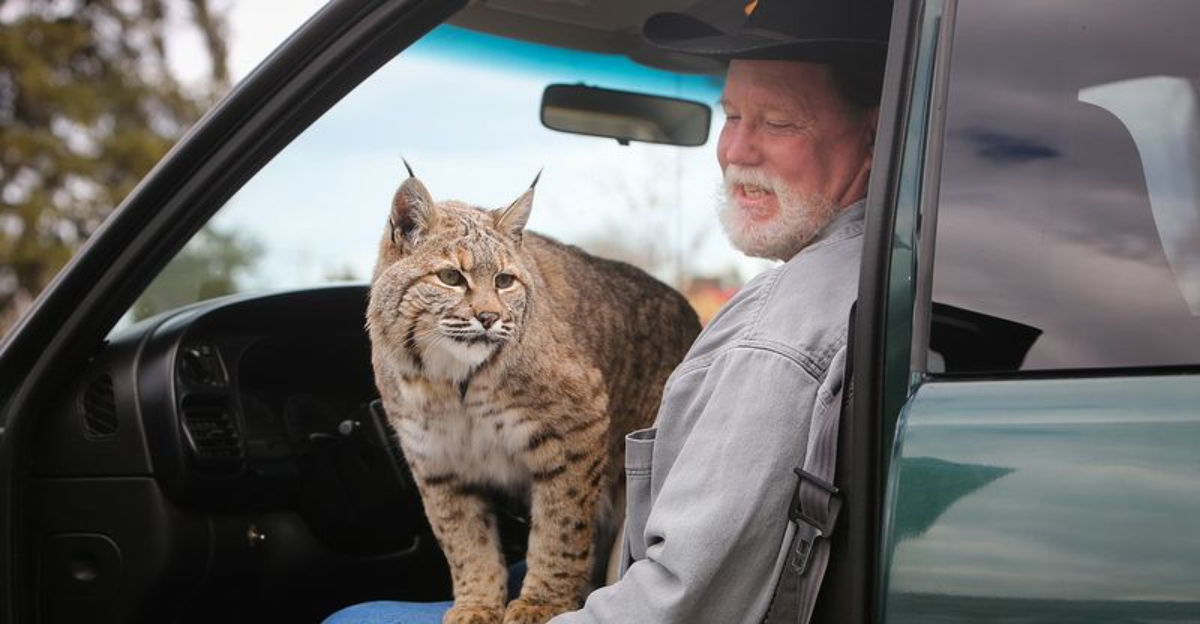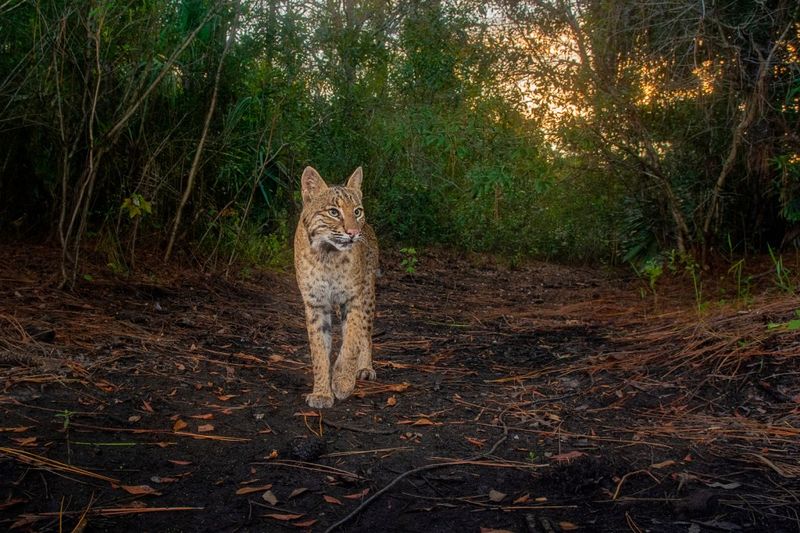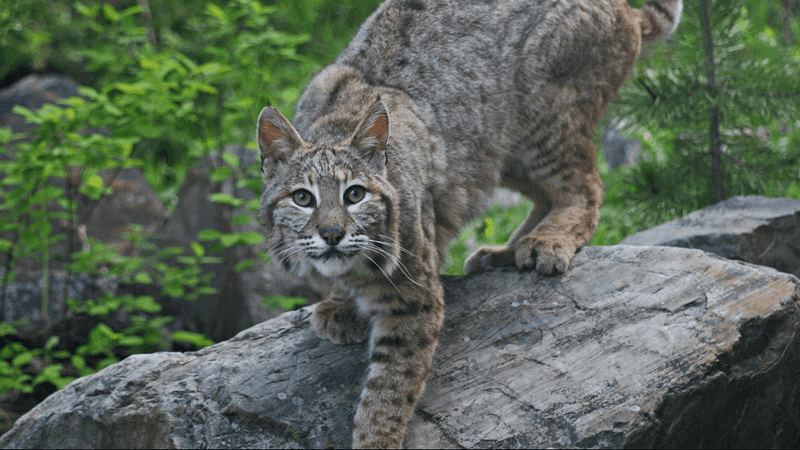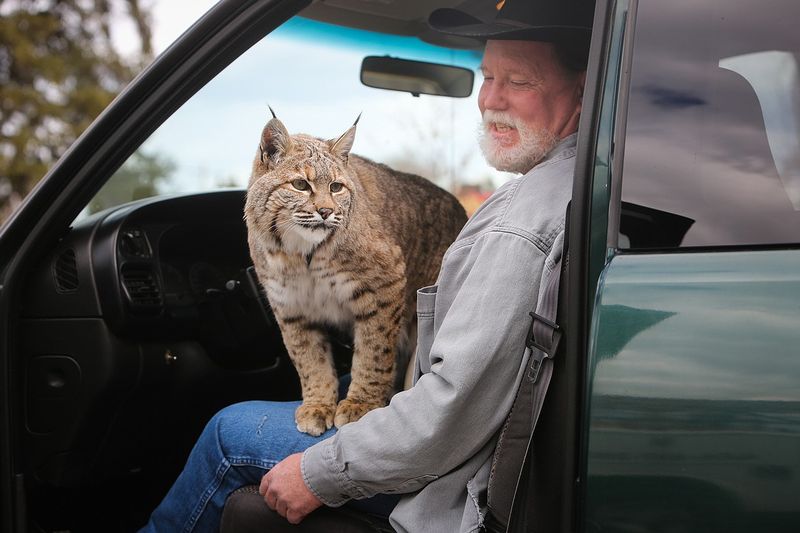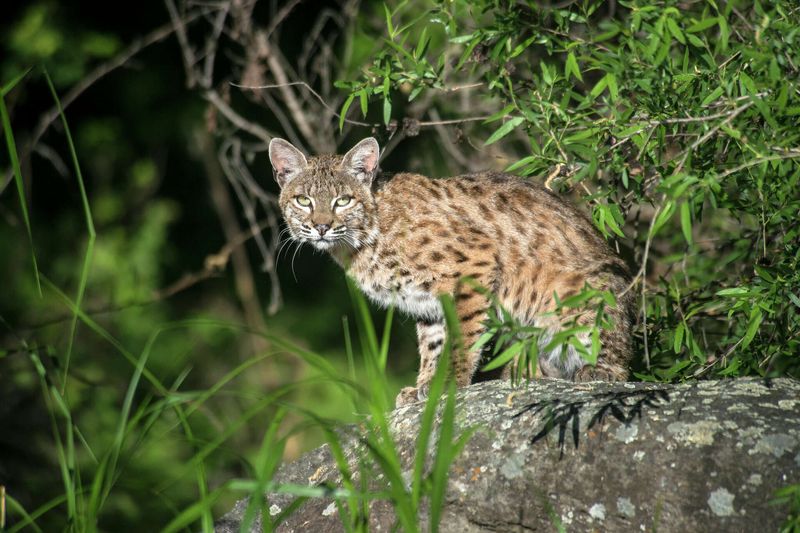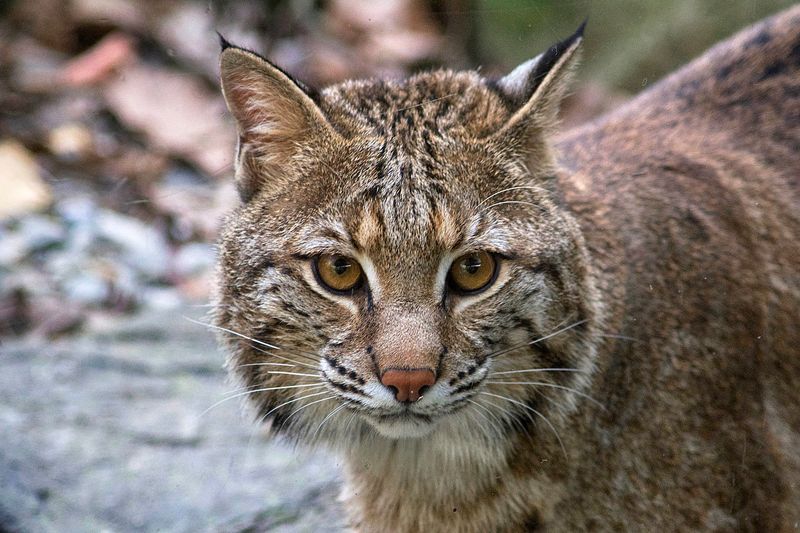📖 Table of Content:
Bobcats, though majestic in their wild nature, are often misunderstood creatures. Their interactions with humans and pets can sometimes lead to conflicts, albeit rarely. Understanding the potential dangers and behaviors of bobcats is crucial for ensuring safety for both humans and pets. This article addresses the key factors that make bobcats potentially dangerous, while also providing insights into prevention and protection.
Bobcat Behavior and Habitats
Bobcats, elusive and solitary by nature, prefer dense forests, swamps, and rocky terrains. Their sharp senses and stealthy movements make them effective hunters. Typically avoiding human contact, these nocturnal animals are most active during twilight hours. However, encroachment on their habitats can lead to rare encounters. Bobcats are territorial and mark their ranges with scent markings and scratch marks on trees. While they pose little danger to humans, a threatened or cornered bobcat may exhibit aggression. Understanding their habitat and behavior helps in preventing unwanted interactions.
Rare Bobcat Attacks on Humans
Though bobcats are generally shy, attacks on humans, though exceedingly rare, have occurred. Notable incidents include an attack on an elderly woman in New Hampshire and recent injuries to children in Georgia. In both cases, rabid bobcats were involved, underscoring the risk of rabies in such encounters. Bobcat attacks often result from the animal feeling threatened or being cornered. Public awareness and caution in areas where bobcats are known to roam can significantly reduce these rare attacks.
Impact on Pets and Livestock
Pets, especially smaller ones, can be at risk when bobcats are nearby. These agile predators might view small pets as prey, particularly if left unsupervised. Incidents of bobcats attacking pets, such as dogs or even livestock like goats, have been recorded. Ensuring pets are monitored and secure, especially during dawn and dusk, is crucial. Bobcats, in search of food, might wander into yards, drawn by pet food or garbage. Taking preventive measures can safeguard pets from potential threats.
Preventive Measures for Safety
Safety from bobcats begins with preventive measures. Secure enclosures for pets and livestock, along with high fences, can deter bobcats. Removing attractants such as pet food or garbage reduces the likelihood of them venturing into residential areas. Educating communities about coexisting with wildlife is essential. Encouraging natural bobcat behavior by not feeding them and maintaining a respectful distance helps maintain safety. Communities that implement these strategies often see a decline in bobcat encounters, promoting a harmonious cohabitation.
Understanding Bobcat Ecology
Bobcats play a crucial role in maintaining ecological balance. As apex predators, they manage populations of rodents and other small animals, preventing overpopulation. This natural control benefits agriculture by reducing pests. However, as human developments expand, bobcats face habitat loss, leading to potential conflicts. Understanding their ecological importance fosters appreciation and protection of these wild cats. Conservation efforts and habitat preservation are key in ensuring that bobcats continue to thrive while minimizing negative interactions with humans and pets.
